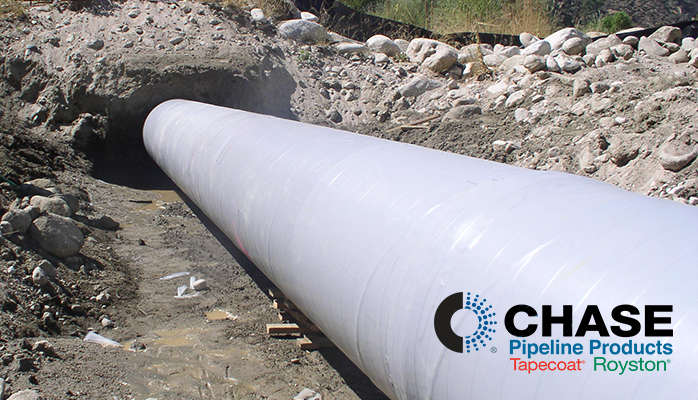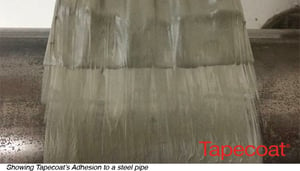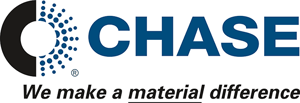
In the pipeline industry, there have been concerns about certain coatings providing “non- shielding” characteristics when applied to pipelines. In an effort to clarify these concerns and shed more light on the subject, we offer information about NACE standards and the role of tape coatings as applied to pipelines.
To start, it is important to understand NACE’s role in establishing standards regarding coatings, shielding and the unbonding of coatings.
NACE standard SP0169 indicates the following:
- Along with other industry standards, coatings must provide the primary corrosion protection for the substrate [pipeline].
- Unbonded coatings can create shielding of the pipeline that can reduce effectiveness of the cathodic protection system.
It is important to note that nowhere in the NACE standard does it suggest that coatings should be specifically designed to have poor electrical nor poor moisture barrier properties. In fact, an ideal coating should have high electrical and moisture barrier properties.
Elastomeric tapes such as those made by Tapecoat are designed and manufactured to provide excellent electrical and moisture barrier properties. Tapecoat tapes are made with a solid film backing and an aggressive adhesive to provide the following when applied to substrates:
- Remain permanently bonded to a pipe surface, in contrast to some “non-shielding” coatings,
- Do not become unbonded
- Act as the primary corrosion protection system on the pipe
- Effectively work with and without a cathodic protection (CP) systems
- Also come with mesh-backing over a layer of thick adhesive to provide very high soil stress resistance. When combined with an aggressive adhesive, the same barrier properties are achieved as with mesh backing as with a solid film backing

Tapecoat products offer a variety of different coating technologies. These products function as effective corrosion prevention by eliminating direct contact between the electrolyte and the metal surface it is protecting. All Tapecoat products are compatible with and work in conjunction with CP systems, a requirement of NACE standard SP0169 and other industry standards. CP systems are designed to provide protection in cases where a coating has been damaged (as a back-up to the primary coating system).
NACE standard SP0169 lists desirable characteristics of external coatings such as;
- Effective electrical insulating
- Effective moisture barrier
- Good adhesion to pipe surfaces
- Ability to resist the development of holidays with time
- Ability to maintain substantially constant electrical resistivity with time
- Resistance to disbonding
Tapecoat’s line of epoxies, tapes and coatings have proven to provide these characteristics for more than 60 years.
The next time someone says their tape is “non-shielding”, we hope you’ll remember that Tapecoat tapes are the best bonded tapes in the industry. Contact us if you need more information.

.png)
.png)

